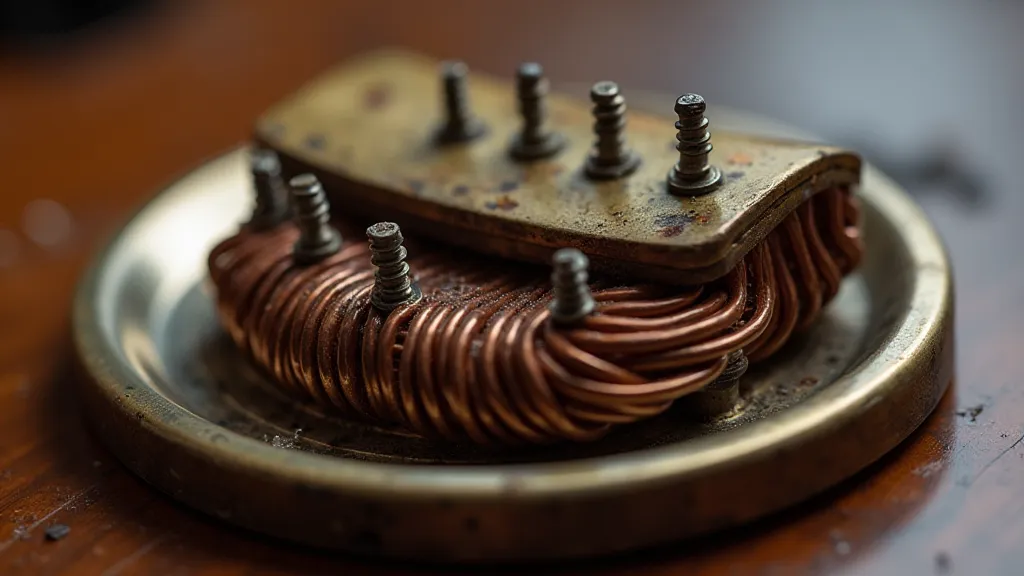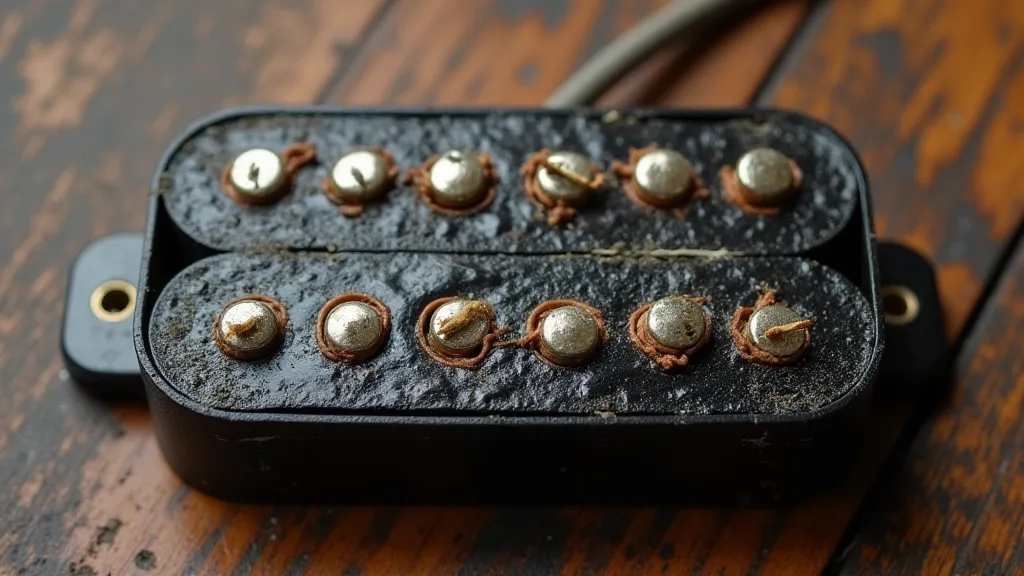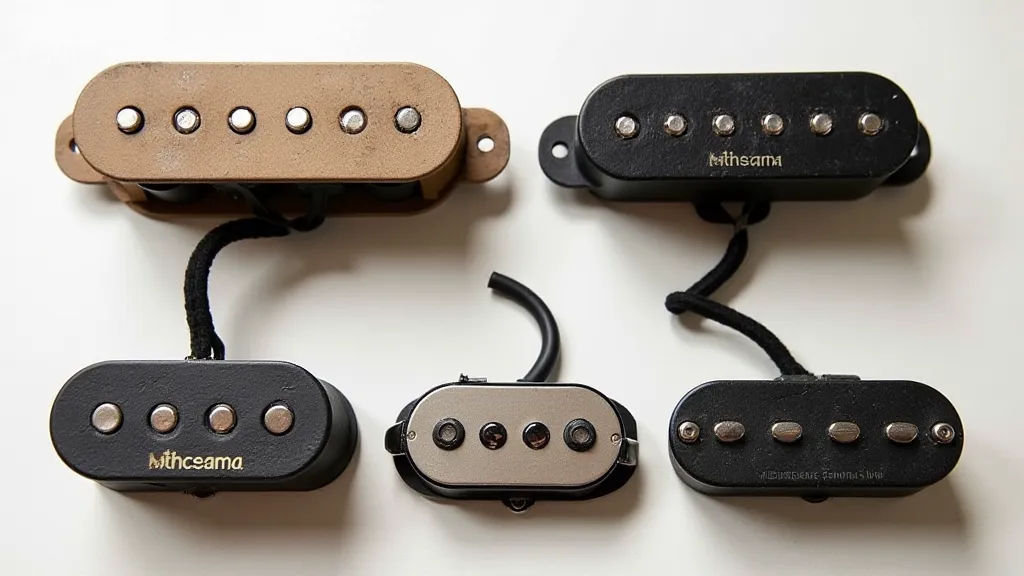Choosing the Right Guitar Pickups: A Beginner's Guide
So, you're building an electric guitar! You've carefully selected your wood, shaped the body, and are about to wire everything up. But wait – what about the pickups? These little magnetic devices are the heart of your guitar’s sound, converting the string vibrations into an electrical signal. Choosing the right pickups can feel overwhelming, especially as a beginner. This guide will break down the basics, helping you understand different types and make a good choice for your first DIY guitar build. Building a guitar from scratch can be challenging, but with careful planning and a good grasp of the fundamentals, you can create an instrument you’re truly proud of. Before you even get to the pickups, it’s essential to have the right tools, and setting yourself up with a budget-friendly selection is a great place to start – see our guide to essential tools for building your first electric guitar for more information.
What Do Pickups Do?
Simply put, guitar pickups are electromagnetic transducers. When a steel guitar string vibrates within the pickup's magnetic field, it generates a tiny electrical current. This current is then amplified and sent to your amplifier, producing the sound you hear. The construction of the pickup – the number of windings on the coil, the strength of the magnets, and the overall design – all contribute to its tonal characteristics. These components require meticulous soldering, and getting the wiring correct is paramount to a playable instrument. If you'll be venturing into the world of guitar wiring, a review of basic soldering techniques for guitar wiring is highly recommended to avoid common pitfalls.
Common Pickup Types: Single Coils vs. Humbuckers
There are two main categories of guitar pickups: single-coil pickups and humbucker pickups. Each has its own distinct sound and advantages.
Single-Coil Pickups: Bright and Twangy
Single-coil pickups are the classic sound found on Fender Stratocasters and Telecasters. They have a bright, clear, and often “twangy” tone. They’re great for clean sounds, country, surf rock, and styles that benefit from clarity and articulation. However, single-coils are prone to something called “hum,” which is a 60Hz electrical noise picked up from surrounding electronics. This hum can be annoying, particularly in environments with a lot of electrical interference. The nature of this pickup type is such that the entire build relies on precision and can be quite unforgiving of errors. It's vital to get each step right, and sometimes that means learning from others’ mistakes – our guide to troubleshooting common guitar building mistakes can be a lifesaver!

Humbucker Pickups: Thick and Warm
Humbucker pickups are designed to overcome the hum problem of single coils. They utilize two coils wired out of phase with each other. This arrangement cancels out the hum while simultaneously producing a thicker, warmer, and more powerful signal. Humbuckers are commonly found on Gibson Les Pauls and SGs, and are popular for rock, blues, and heavier genres. They generally offer a higher output than single coils and a more "saturated" sound when driven hard. The design difference means that they often require different routing in the guitar body, and the overall construction process can differ substantially from that of a single-coil equipped instrument.

Delving Deeper: Pickup Anatomy and Design
Beyond simply categorizing pickups as single-coil or humbucker, understanding their internal components offers a better grasp of their sonic characteristics. The number of windings on the coil directly affects the pickup’s output and tonal response. More windings generally mean higher output but can also lead to a darker, more compressed sound. The type of magnet used – Alnico or ceramic – also plays a crucial role. Alnico magnets offer a warmer, more vintage tone, while ceramic magnets typically provide a stronger signal and a more aggressive sound.
Understanding Magnetic Fields and Pickup Function
The heart of a guitar pickup is its interaction with the magnetic field generated by the strings. When a vibrating string disrupts this field, it induces a current. The design of the pickup, including the air gap between the magnet and the string, influences the pickup's responsiveness and dynamic range. Careful attention to detail in these aspects can dramatically impact the final sound of your guitar.
Other Pickup Considerations
Beyond single coils and humbuckers, there are variations and combinations:
- P90s: A type of single coil pickup known for its thick, warm sound, somewhere between a single coil and a humbucker. They offer a unique tonal fingerprint that blends the clarity of a single coil with a more substantial low-end response.
- Mini Humbuckers: Smaller versions of humbuckers that can fit into single-coil routes. These offer the hum-canceling benefits of a humbucker while maintaining compatibility with guitars designed for single-coil pickups.
- Active Pickups: These pickups require power (usually a 9V battery) and offer a unique sound often characterized by a high output and a very consistent tone. While offering specific sonic possibilities, they are generally less common for beginner builds due to the extra wiring requirements. They are a departure from the traditional passive design, and require a slightly different understanding of electronics.
Recommendations for Beginner-Friendly Pickups
For your first DIY guitar build, simplicity and affordability are key. Here are a few suggestions:
- Generic Single-Coil Sets: Numerous budget-friendly single-coil sets are available online. While the quality may not be top-tier, they offer a good starting point for exploring the single-coil sound. It’s a great way to get familiar with the wiring process without a significant investment.
- Generic Humbucker Sets: Similar to single coils, generic humbucker sets provide a solid and economical introduction to the humbucker tone. They offer a straightforward way to experience the benefits of hum cancellation.
- Seymour Duncan Power S.T.: A popular and relatively affordable humbucker set known for its versatility. A good choice if you want a set that can handle a range of musical styles.
- Lace Sensors: A step up in price but provides a very consistent output and tone. These are known for their clarity and high-quality construction.

Beyond the Basics: Modding and Customization
Once you're comfortable with the fundamentals of pickup selection, you can explore the exciting world of guitar modifications. Replacing pickups is a common way to change a guitar's tone, and experimenting with different combinations can lead to unique and personalized sounds. Consider the guitar’s wood, body style and overall intended use when deciding on modifications.
The Importance of Grounding and Shielding
Proper grounding and shielding are vital for reducing noise and interference. Poorly grounded pickups can hum and buzz, while inadequate shielding can allow external signals to be picked up. Ensuring a clean and well-connected ground circuit is a critical aspect of a successful build.
Final Thoughts
Choosing the right pickups is a crucial part of your DIY guitar building project. While this guide has covered the basics, the best way to learn is to experiment! Don’t be afraid to try different types of pickups and see what sounds best to *you*. The world of guitar pickups is vast and varied, and the journey of discovery is part of the fun. Remember to thoroughly research any components before installation and, when in doubt, seek advice from experienced builders. And if things don't go as planned, remember that even seasoned luthiers make mistakes – our guide to troubleshooting common guitar building mistakes might just save the day!





